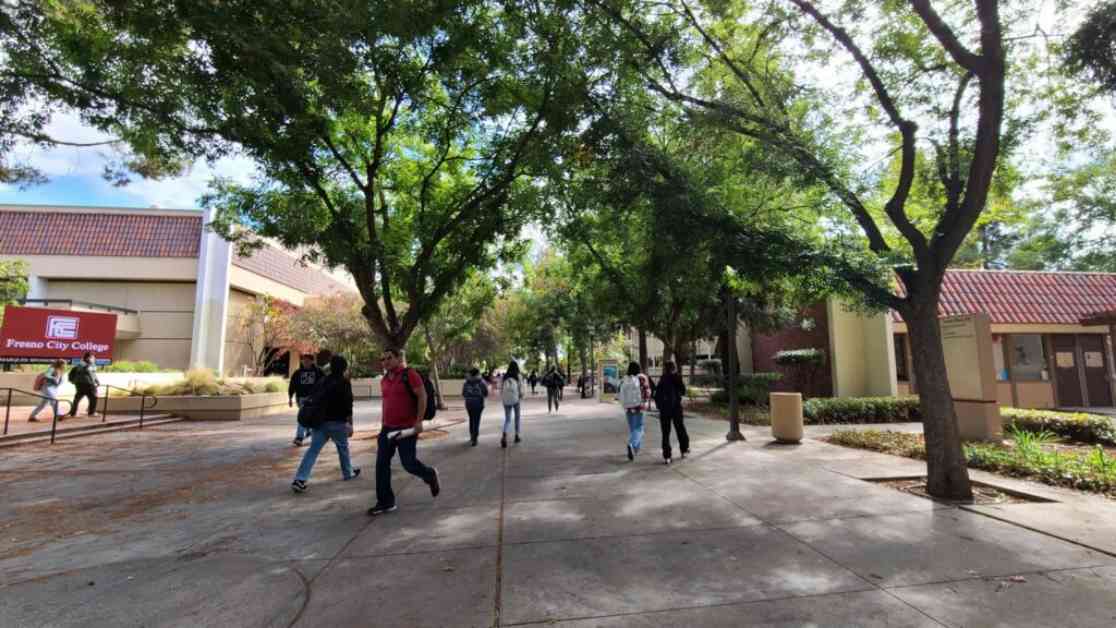Academic probation is a common practice in colleges and universities across the country. When a student’s GPA falls below a 2.0, they are typically notified through an automated system. However, recent research suggests that the way academic probation is communicated to students may be discouraging them from continuing their education.
According to a report by California Competes, many students perceive being placed on academic probation as a sign that they are not cut out for higher education, rather than a wake-up call to improve their grades. This perception can lead students to give up on their studies altogether.
The report, based on interviews with over 50 students who returned to higher education after a hiatus, highlights the need for a reevaluation of academic probation policies. The study found that the language used in automated notices, such as the term “academic probation,” can be triggering and discouraging for students.
One of the key recommendations from the report is to provide clearer, more supportive communication to students who are on academic probation. This includes offering clear next steps for students to improve their academic performance and providing personalized support.
Additionally, the report calls on the state of California to create a task force to examine academic probation policies at public universities and promote practices that will help students succeed. While there is growing recognition of the need for change, implementing systemic policy changes in California’s decentralized higher education system may present challenges.
Despite these challenges, there is optimism that progress can be made. Some universities, such as the University of California, have already taken steps to address the issue by changing the language used in their notifications from “academic probation” to “academic notice.”
Ultimately, the goal is to ensure that students feel supported and empowered to succeed in their academic pursuits. By reevaluating and improving the way academic probation is communicated to students, colleges and universities can help more students overcome challenges and achieve their educational goals.
